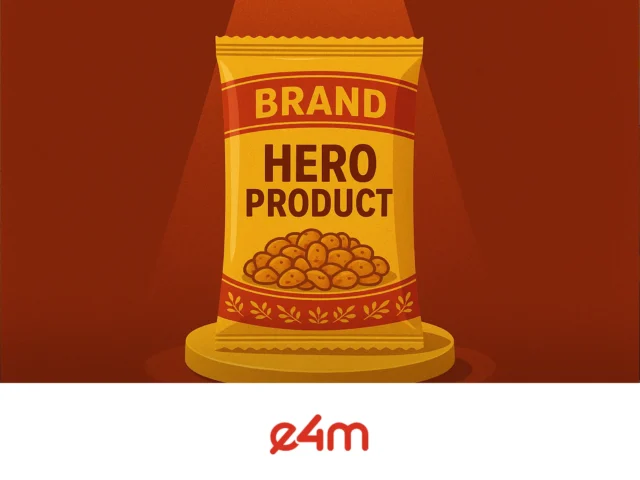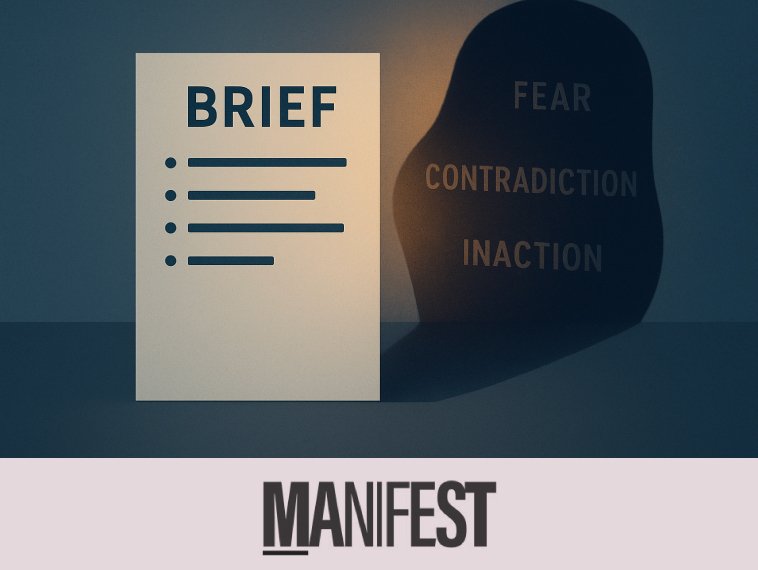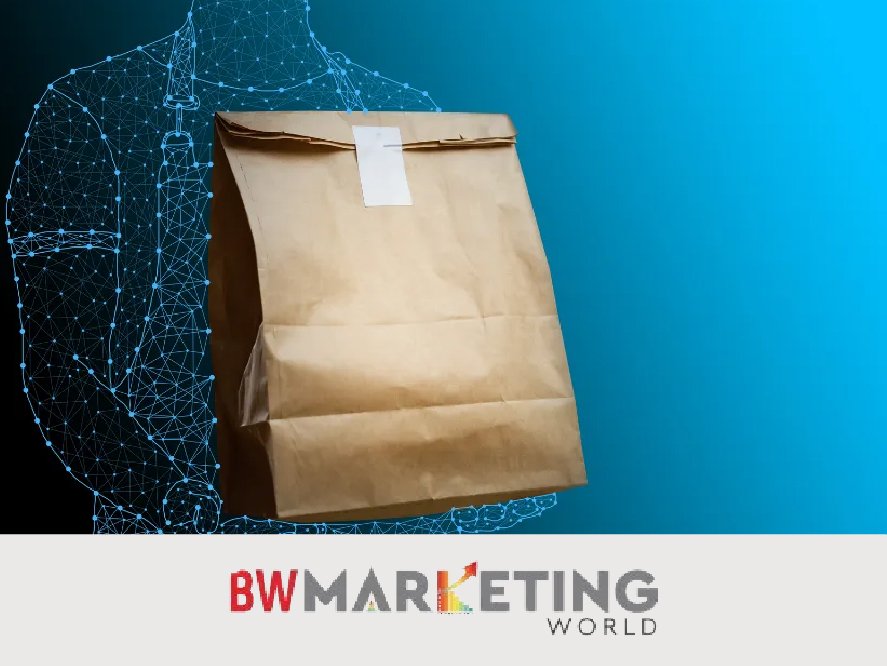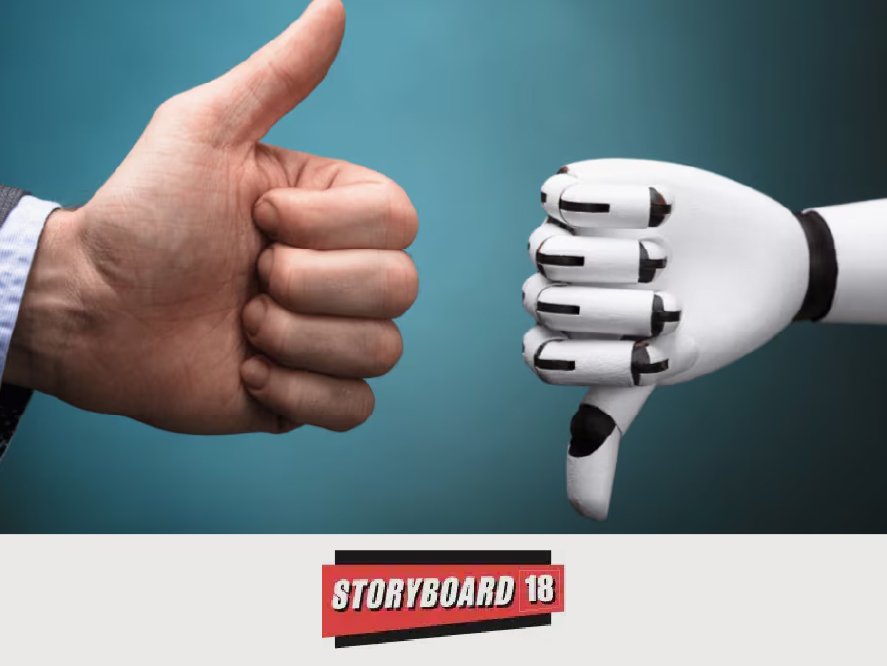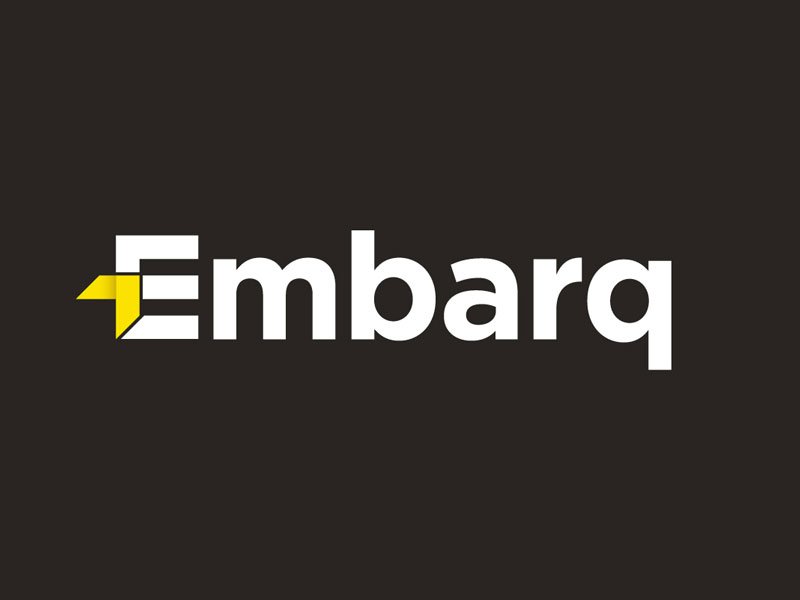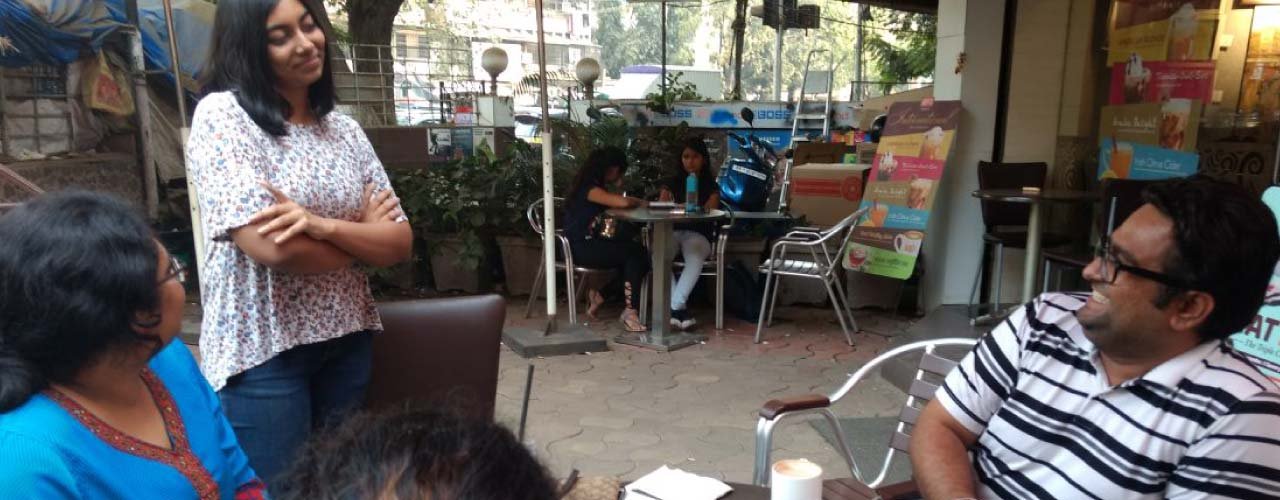While a hero product still ensures visibility, in a hyper-digital environment relying on one star product may not be enough, and brands need to diversify as consumer preferences are shifting constantly
From Parle-G’s iconic biscuits to Himalaya’s Neem Face Wash and Royal Enfield’s Bullet, these products have become more than just bestsellers, they’ve served as identity anchors, the face through which the brand is recognized -the hero SKU (Stock keeping unit). Think of Amul Butter with its witty topicals, Maggi’s instant noodles that defined a generation’s snack time, or Dettol’s antiseptic liquid synonymous with hygiene. For decades, brands have built empires around such hero products, which functioned both as sales engines and symbols of brand equity.
A hero SKU is a flagship product that drives the majority of a brand’s sales and recognition. It often becomes the face of the brand, anchoring trust, recall, and consumer loyalty.
But in today’s crowded, fast-moving, and attention-fragmented market, is that model still relevant?
Experts argue that in a hyper-digital environment, it’s no longer enough to rely on one star product. Instead, brands must evolve into hero brands themselves – agile, multi-dimensional, and capable of resonating across platforms and product lines.
“The simple truth is that you can’t rely solely on the equity of one hero product. Diversification is essential,” said Sonam Pradhan, Head of Media and Digital Marketing at Kellogg’s India.
According to Pradhan, a hero product can be the face of the brand as it may have built trust and recognition over the years but if brands don’t evolve with their consumers, they risk becoming irrelevant. She added, “Consumer preferences are shifting constantly, and brands that fail to keep up are quickly left behind. That’s something even large, established companies have experienced. So yes, hold on to the equity and trust your hero product has earned, but also listen closely to your consumers and diversify to meet their changing needs.”
Today’s diverse platforms and tools give brands the ability to market multiple products to niche consumer segments without straining their budgets. The shift has been largely driven by digital, which has significantly amplified marketing efforts while remaining cost-effective.
Ragini Hariharan, Marketing Director at Himalaya Wellness Company said, “Earlier, brands relied on showcasing a few products on TV, reaching a mass audience. Given the high cost, it wasn’t feasible to market multiple products simultaneously.” She added, “Today, that landscape has transformed. You can promote 20 different products across 20 different platforms, each tailored to distinct consumer segments.”
Over-dependence on a hero product also does more harm than good, as explained by Madhur Acharya, Vice President, Ecommerce Lenskart and Global Business Head Aqualens. According to him, over-dependence on a single product makes a brand vulnerable to category disruptions, competitive innovation, and evolving consumer preferences. It can also limit brand perception, pegging it to one functionality when consumers might expect more holistic solutions.
“So while a hero product can give you visibility, the long-term strategy must revolve around solving broader lifestyle or category problems. This requires investing in consumer insights and product R&D to pre-empt shifting behaviors so that we are ready and prepared for what’s to come,” he added.
Dhanya Mohan, Lead – Strategy, TheSmallBigIdea further explained how smart brands today are diversifying instead of sticking to just one product. “In the last 5-6 years, several breakout Indian brands launched with one standout product that caught fire on social media, riding micro-trends and influencer virality to build early buzz. The smartest among them then diversified carefully, extending only where their core brand promise stayed intact.”
Brand Studies
Strategies that once drove brand success may no longer be effective, making it essential for brands to move beyond outdated ideas and reframe them to align with today’s market realities. Kunal Vora, Founder-Partner, ABND stated that the hero product can’t just be a bestseller. It has to hold cultural relevance, spark new formats, and adapt to whatever the algorithm or audience demands next. If it can’t do that, it’s just another SKU.
He further explained this with an example of LEGO’s Minifigures – Originally just accessories, now these are cultural touchpoints. LEGO creates niche minifigs for fans of everything from Star Wars to Stranger Things, riding fandom waves and nostalgia. A single minifig becomes the nucleus for sets, content, collabs, and merch.
Vora also stressed the need for building an ecosystem instead of just a product.
“Nobody wants to feel like they’re buying into a monolith. Attention is fractured, identities are layered, and people want options. Not in a ‘one size fits all’ way, but in a ‘give me something that fits me right now’ way.”
Ironically, the iPhone is still the hero, but it’s not what builds loyalty anymore. It’s the ecosystem: iCloud, AirPods, Watch, Apple Pay, iMessage. The iPhone brings you in, but retention lives elsewhere. That’s deliberate.
This was further reiterated by brands such as Himalaya and Lenskart who became household names because of their hero products but have now diversified their portfolio according to the needs of today’s consumers.
“For us, Aqualens NXT monthly lenses are our hero product which has the highest brand recall. However, it’s also important to keep a check on the cultural shifts and consumer behavior,” said Acharya.
He further said that consumers seek diversity of choice, personalization, and evolving needs solutions- and a great example for this would be consumer preferences now shifting toward daily lenses- this gives them a white space to now build this category creation in India and lead it. According to him, the hero product now acts as an entry point or trust builder, but sustained engagement requires product ecosystems and continuous innovation.
Hariharan further explained this with the example of Himalaya’s neem face wash and stated that while their core identity remains strong and beloved, they’re also expanding into more evolved consumer categories like serums.
She said, “Interestingly, we haven’t spent a single rupee on TV advertising for our serums since launch. Instead, we’ve focused entirely on digital: YouTube, Meta platforms like Instagram, and Amazon DSP, where we retarget consumers browsing those products.”
Hariharan added that digital has enabled brands to move beyond a single hero product, allowing for multiple offerings tailored to different consumer needs. Unlike traditional retail with limited shelf space, platforms like Amazon let brands list a wide range of products, making it easier to test, scale, and serve diverse niches.
Today’s digital age
However, in the age of social media wherein platforms such as Reels or YouTube’s shorts have made the market even more volatile, brands need to be prepared with a parachute. As Vora suggested, a product can sell out overnight, but that kind of exposure comes with expectations – supply chain, consistency, storytelling, the next drop. What’s changed is not just speed, but scale.
He added, “Virality puts you on a pedestal fast, but if there’s no depth behind it, the audience moves on just as fast. So yes, virality is critical, but only if you’re thinking beyond the spike.”
He also cited Stanley Cups as an example of a brand who ventured through volatility through a plan. “TikTok moms made The Stanley Cup go viral. But Stanley leaned into that niche hard, designing new colors, limited drops, retail exclusives. They even had influencer collabs and drop-style launches. A 100-year-old product became the thing because they played into the volatility with a plan.”
So, while the era of the singular hero product may be fading, it’s increasingly evident that we’ve entered the age of the hero brand, one that stands for more than just a single offering.
Mohan concluded, “In a time where consumer loyalty is fleeting and every scroll throws up a new trend, there’s no one-size-fits-all. But what will always win is a unique, consistent brand promise that either solves a real consumer pain point or delivers an innovation they did not know they needed.”
Originally Published : https://www.exchange4media.com/marketing-news/biscuits-to-bikes-can-the-hero-product-still-define-a-brand-in-2025-145860.html
